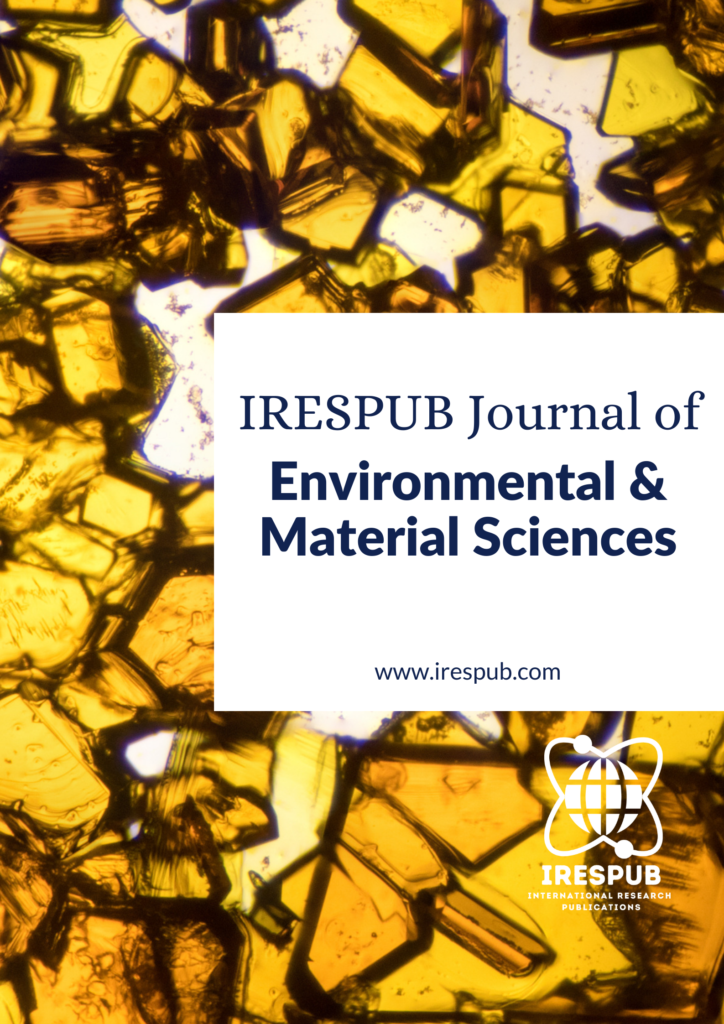
Year Launched: 2021
Journal Menu
- Scope & Research Areas
- Instructions for Authors
- Article Processing Charge
Journal List
- Natural & Applied Sciences
- Life Sciences
- Business Management
- Education & Literature
- Humanities & Cultural Studies
- Medical & Dental Sciences
- Engineering & Computer Sciences
- Agriculture, Food & Nutrition
- Environmental & Material Sciences
- Wellness & Lifestyle Management
- Arts & Ideas
- Law, Policy & Religion
An assessment of trends and spatial distribution of cases of malaria fever in Mubi south local government area Adamawa state, Nigeria
Volume 1, Issue 2, Nov-Dec 2021 | Page 72-82 | PDF (331K) | Pub. Date: December 16, 2021
Author(s)
Jummai V. Zirra, Garandi I. Danjuma* and Awal Yakubu; Department of Geography, Adamawa State University, Mubi, Adamawa State, Nigeria
Abstract
The study shows that the trends of malaria in the selected areas of Mubi south have been positively increasing yearly as from 2015-2018. The study shows that cases of malaria fever in the selected areas of Mubi south is not spatially distributed among the areas, with some areas experiencing high cases of malaria fever while other areas experienced low cases. The study identified the causes and effects of malaria fever in the study areas and the possible way of tackling it. Indiscriminate waste disposal in unauthorized places, provides breeding grounds for mosquitoes, serves as the main cause of malaria fever in the study areas which leads to death .The findings of the study shows that almost all the populace has access to Long Lasting Insecticides Treated Nets (LLITN) that serves as a way of preventing the widespread of malaria cases. Data was analyzed using the SPPS package and result presented in simple percentages. The study recommends that there’s need for community collaboration in malaria controls programs in all stages to decentralized malaria operations and also educating people on good environmental management and set law against dumping of refuse in unauthorized area. Both primary and secondary data where used for the study.
Keywords
malaria; spatially; trends; management
Cite this paper
Zirra, J. V., Damjuma, G. I., Yakubu, A. (2021), An assessment of trends and spatial distribution of cases of malaria fever in Mubi south local government area Adamawa state, Nigeria, IRESPUB Journal of Environmental & Material Sciences. Volume 1, Issue 2, Nov-Dec 2021, Page 72-82
References
[1] Adebayo, A.A, (2010). Climate: Resources and Resistance to Agriculture. Eight Inaugural Lecture of Federal University of Technology, Yola.
[2] Breman D. 2001 An anopheles mosquito division of parasite diseases. (5th August 2001) http://www.edegov/malariabiology.
[3] Breman, J.G., Martin, S.A., and Ann. M., (2004), Conquering the Intorable burden of Malaria; what is new, what is needed; a summary. The American Journal of Tropical Medicine and hygiene 71 (2 suppl.), 1- 15, 2004.
[4] Cochran, W.G. (1977). Sampling technique (3rd edition). John Wiley and Sons. New York
[5] Grimberg B.T and Mehlotra R.K, (2011), Expanding the antimalarial drugs arsenal-Now, but how? Molecular Diversity Preservation International, Vol. 4, Issue 5, P.p. 681 – 712.
[6] Hamel, M. J., Otieno, P., Bayoh, N., Kariuki, S., Were, V., arwanga, D., Laserson, F., Williamson, J., Slutsker, L. and Gimnig, J. (2011). The combination of indoor residual spraying and insecticide-treated nets provides added protection against malaria compared with insecticide-treated nets alone. American Journal of Tropical Medicine and Hygiene 85: 1080-1086
[7] Kendall, A. E. (2011). United States response to the global threat of malaria: basic facts. Congressional research Service Report 7-5700; R41644.
[8] Kilama, W, Ntoumi F and Lander F, (2009) malaria research agenda for the eradication era lancet 347(9700)1480.2.
[9] Krief J. Adolf S. Alain P. U (2009) the negligence on the killer disease malaria and it’s menace in the nearest future (2 suppl): 118-127. (pubMed).
[10]Malaney, P., Spielman, A. and Sachs, J. (2004). The malaria gap. American Journal of Tropical Medicine and Hygiene 71(supplement 2): 141-146.
[11] Ministry of Health M O H (2003). National guidelines for diagnosis,treatment and prevention of malaria for health workers. Ministry of health, Nairobi, Kenya.
[12] Onwujekwe O. E China R. I Okwonkwo P. O (2000): Economic burden of malaria illness a study of five malaria hyper endemic communities’ health policy 2000, 54:149-159
[13] Robert U. Spencer G. N and Gloyd S. (2005). Malaria and other shocks in urban sub-Sahara Africa Acta Trop. 2012(3): 184-195.
[14] Russel S. 2004: The economic burden of illness for household in developing countries: A review is studies focusing on Malaria, tuberculosis and HIV/AIDS. American Journals of tropical medicine and hygiene, 71 (suppl2): 147-155.
[15] Sachs, J. (2002). A new global effort to control malaria. Science 298: 122-124.
[16] Scott, C. R. (2002). Attaining Global Health: challenges and Opportunities. Population Bulletin. Vol. 55, No. 1: Pp 25-28.
[17] Thomas Brinkoff (2004), Proceeding 20th AGILE Conference on Geographic Information Science, Wageningen the Netherlands, 2017.
[18] World Health Organization (2005). World Malaria Report (WMR). WHO, Geneva, Switzerland
[19] World Health Organization (2008). World Malaria Report (WMR). WHO, Geneva, Switzerland.
[20] World Health Organization. (2009). ‘Methods for surveillance of anti-malarial drug efficacy’, World Health Organization, Switzerland
[21] WHO World health organization (2010) the outrageous implication of malaria infection and its consequences. Advert press Pp34-35.


